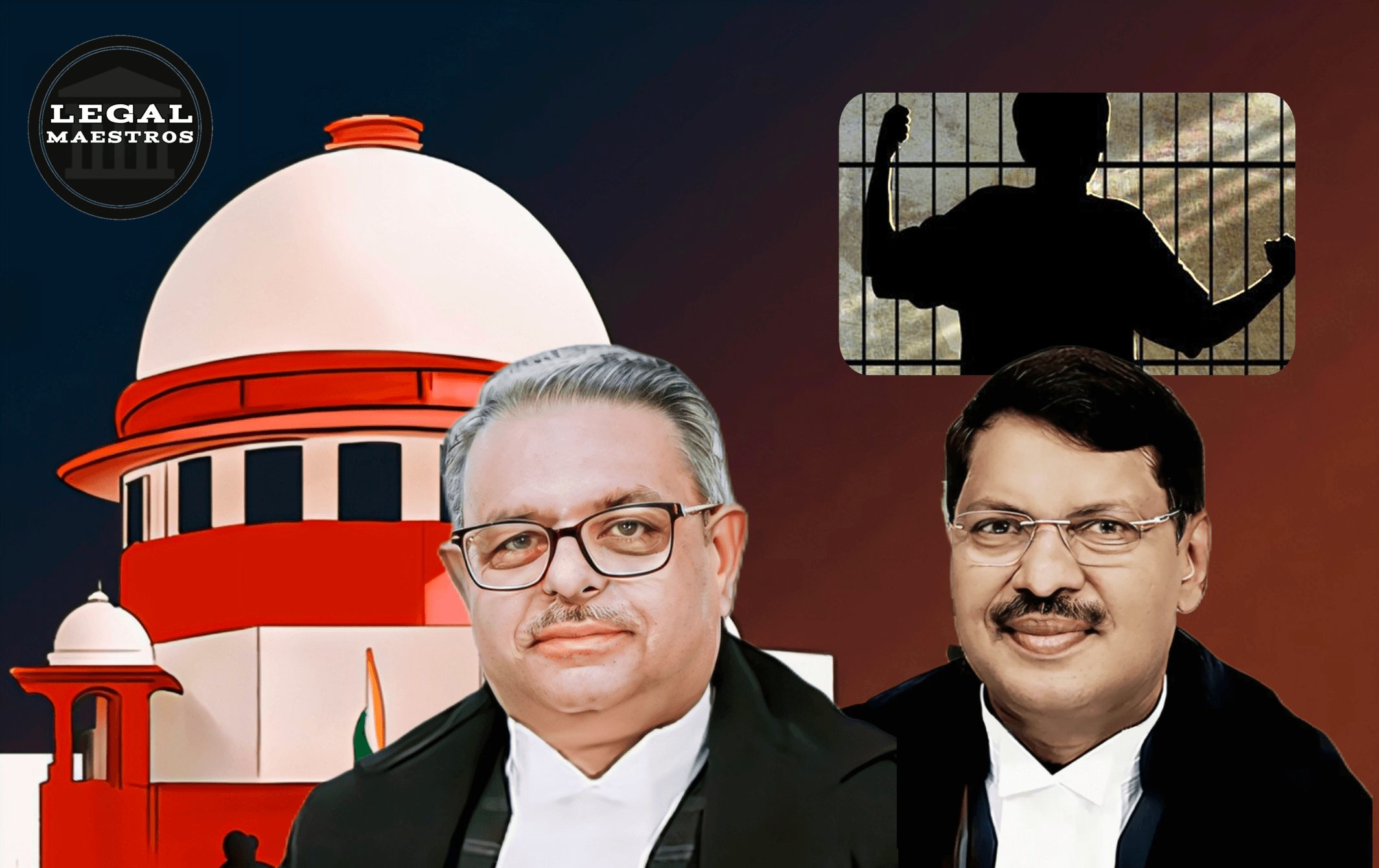
It was a crucial criminal appeal case (Criminal Appeal No. 2695 of 2025) considered by the Supreme Court of India a few weeks back in connection with a case of punishment of wrongful confinement and rape, which threw light on all important elements of criminal jurisprudence with a particular reference to the plea of juvenility. This ruling was given on July 23, 2025 by Justice Augustine George Masih and aimed at overturning the earlier sentence on grounds that the appellant (as the ruling is referred to) was a juvenile by the time he committed the crime.
The Basics of the Case: Reproach and Belief
The case was appealed by the Additional Sessions Judge who gave out a conviction and sentence (February 2, 1993), on Kishangarh, District Ajmer. Appellant-accused was convicted by the Board under the Section 342 of the Indian Penal code meaning wrongful confinement, with a punishment of six months rigorous imprisonment and a fine of Rs. 200. Worse still he was found guilty with Section 376 of rapes, resulting into five years of rigorous imprisonment and a fine of Rs. 300. This conviction and sentence had been justified by the High Court on July 12, 2024.
The prosecution case concerned an event, which happened on November 17, 1988, at around 2.00 PM. The victim, a school girl of 11 years was supposedly raped by the appellant in a Bada (enclosure) where she happened to go after school. These events were described by the victim herself to her mother who got home at about 5:00 PM. Because of the brief November days and the locality of the police station at a distance of 26 kilometers, the First Information Report (FIR) was filed next morning, viz. around 8-9 AM. The court accepted and explained why the FIR was not registered on time. On November 18, 1988, the victim was medically examined and the potency test was done on the appellant confirming his ability to have a sexual intercourse. Sweater, panties of the accused and the long skirt or ghagra of the victim, were also summoned as evidence by the prosecution.
For any queries or to publish an article or post or advertisement on our platform, do call at +91 6377460764 or email us at contact@legalmaestros.com.
Contradictions and Defense Replies
The counsel of the appellant listed out various reasons to claim that the conviction had been wrong. The total delay in arrival of FIR of nearly 20 hours was one of the major reasons. It was also stated that the brother of the victim of rape became hostile that no event transpired with his sister and that a false case was made by an interpersonal conflict along the boundary based on the influence of the mother.
Inconsistencies in statements by various witnesses also pointed out to show that the prosecution had failed to establish the guilt on reasonable doubt. The defense particularly alluded to the testimony of PW-8 or the doctor who medically examined the body and indicated how the body of the victim did not show any external injury to the body. No fresh bleeding occurred, despite the fact that hymen ruptured horizontally. These were the arguments used to discredit the accuracy of the witnesses and want the acquittal of the appellant.
The Crucial Plea Juvenility
The most important piece of the development that took place in the appeal was that the appellant was a juvenile when the incident had occurred which was submitted in front of the Supreme Court first of all. It happened on the 17 th of November 1988. The claimed date of birth of the appellant is September 14, 1972, and in the case would have been 16 years, 2 months and 3 days during the date of the commission. According to the defense, he could not have been a juvenile because in that circumstance, the proceedings and the sentencing given could not have held. The action was sought to inquire about the age of the appellant so as to accord the appellant the benefits under Juvenile Justice (Care and Protection of Children) Act of the year 2000 as well as the Juvenile Justice (Care and Protection of Children) Rules of the year 2007. The counsel opined that benefits of juvenility could be asserted at any point of time even after the case is over and it was in line with the Supreme Court upholding the same in its judgment.
For any queries or to publish an article or post or advertisement on our platform, do call at +91 6377460764 or email us at contact@legalmaestros.com.
Dharambir v. State (NCT of Delhi) and Another.
Inquiry and finding by Court on Juvenility
On answering the plea, the Supreme Court passed an order on January 20, 2025, that required the District and Sessions Judge, Kishangarh, Ajmer, Rajasthan, to enquire into the allegation of the appellant of being a juvenile. The investigation was to take place in line with the provisions made in
Abuzar Hossain v. West Bengal state.
For any queries or to publish an article or post or advertisement on our platform, do call at +91 6377460764 or email us at contact@legalmaestros.com.
The inquiry report was submitted by the Additional Sessions Judge No. 1 Kishangarh. They did the procedure that the 2000 Act and 2007 Rules mentioned. The inquiry established that it was true that at the time of the offence, i.e. on November 17, 1988, the appellant was 16 years, 2 months and 3 days old, according to witnesses and documentary evidence such as school records of admission in 1980 which had his date of birth as September 14, 1972. This firmly showed that the appellant was under age at the time he committed the crime.
The Court vehemently did not step over the line of the State objecting with the plea of juvenility being introduced at the first instance with reference to a chain of authoritative judgments indicating the law and order of the same.
St. Hari Ram v. State of Rajasthan and Another Vs Dharambir. State (NCT of Delhi) and Another. These precedents clearly mention that notwithstanding the fact that the case has been disposed of at the time of raising a plea of juvenility, it may be at any stage and that it should be determined in accordance with the 2000 Act and 2007 Rules irrespective of whether the person ceased to be a juvenile prior to the coming into force of the 2000 Act. The important point is that the defendant was under the age of 18 on the day when the crime happened.
For any queries or to publish an article or post or advertisement on our platform, do call at +91 6377460764 or email us at contact@legalmaestros.com.
According to the sentence and Referral to the Board
With the established juvenility, the Supreme Court ruled that the measures of the 2000 Act would be fine. Thus, the sentence that was forged by the Trial Court and affirmed by the High Court was unsustainable and was quashed. The case is to be adjourned to the Juvenile justice Board so that suitable orders are made under the Section 15 and 16 of the 2000 Act. The appellant will be asked to present himself before the Board on September 15, 2025. This was with which the appeal was disposed off.
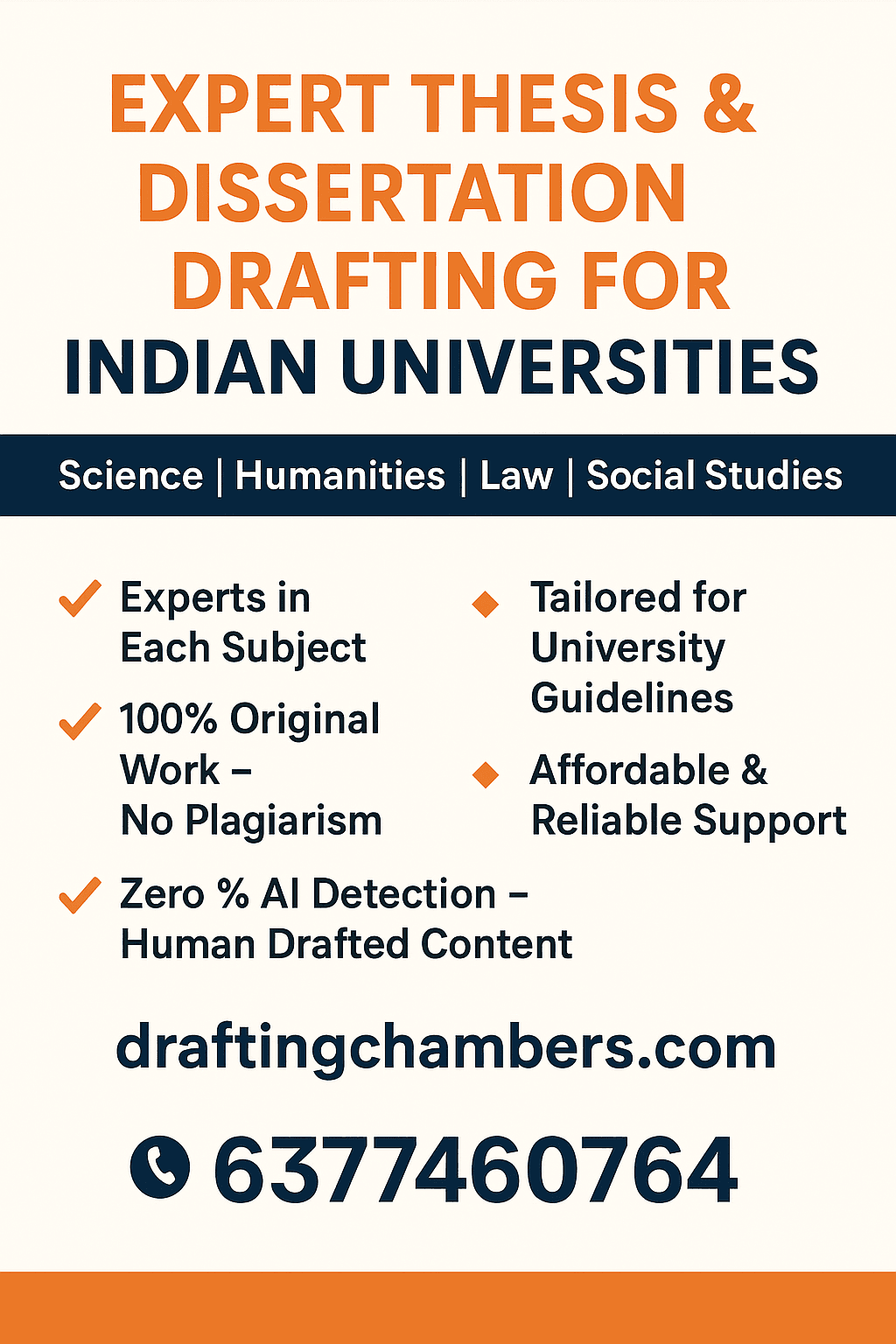
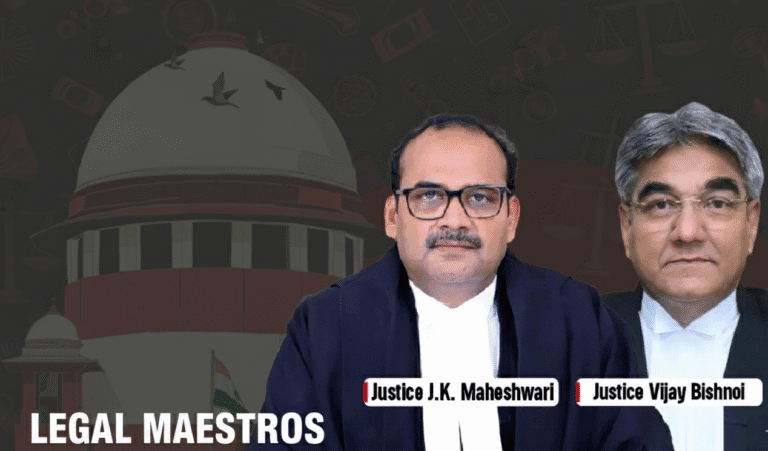
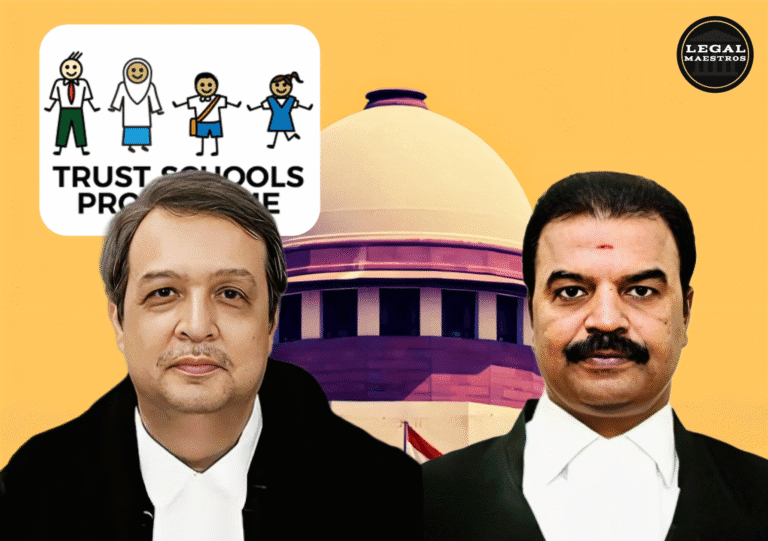
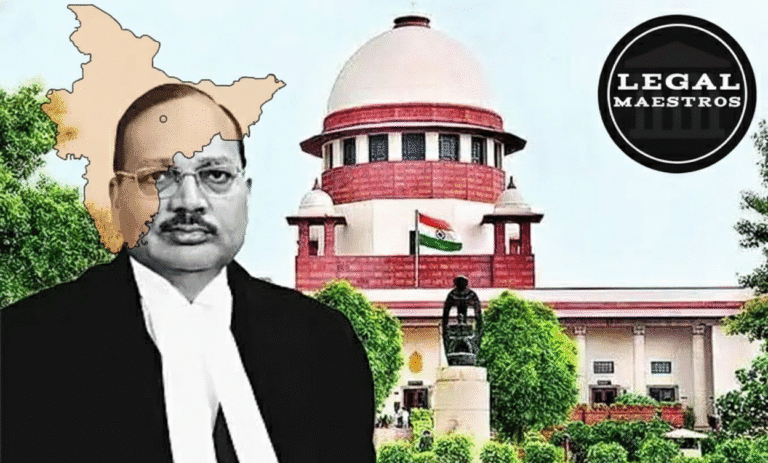
![Research Assistantship @ Sahibnoor Singh Sindhu, [Remote; Stipend of Rs. 7.5k; Dec 2025 & Jan 2026]: Apply by Nov 14, 2025!](https://legalmaestros.com/wp-content/uploads/2025/11/Gemini_Generated_Image_s0k4u6s0k4u6s0k4-768x707.png)
![Karanjawala & Co Hiring Freshers for Legal Counsel [Immediate Joining; Full Time Position in Delhi]: Apply Now!](https://legalmaestros.com/wp-content/uploads/2025/11/Gemini_Generated_Image_52f8mg52f8mg52f8-768x711.png)
![Part-Time Legal Associate / Legal Intern @ Juris at Work [Remote]: Apply Now!](https://legalmaestros.com/wp-content/uploads/2025/11/ChatGPT-Image-Nov-12-2025-08_08_41-PM-768x768.png)
![JOB POST: Legal Content Manager at Lawctopus [3-7 Years PQE; Salary Upto Rs. 70k; Remote]: Rolling Applications!](https://legalmaestros.com/wp-content/uploads/2025/11/ChatGPT-Image-Nov-12-2025-08_01_56-PM-768x768.png)